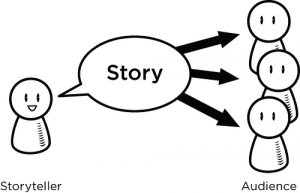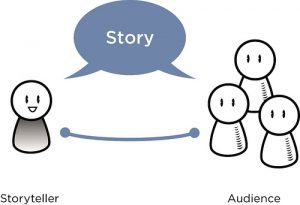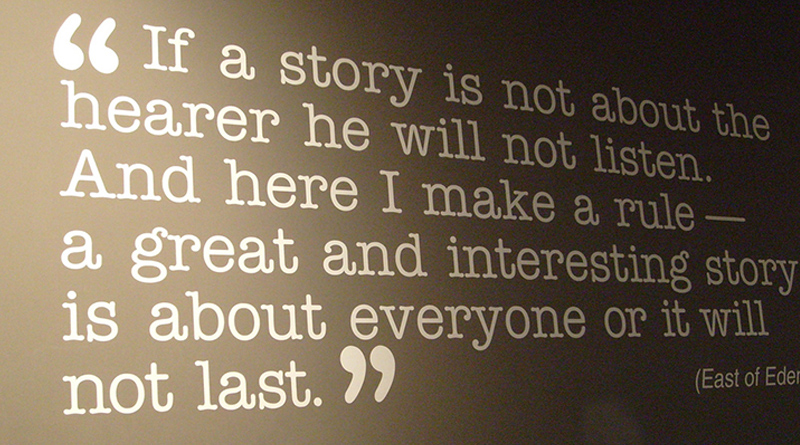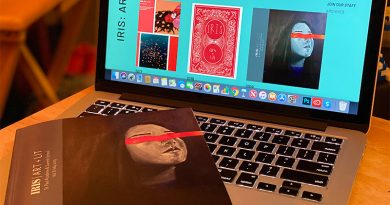Let them see it again! Curate, invite engagement with previous content
The biggest shame: When your staff works tirelessly on that well-sourced news article, multimedia package, photo essay, or feature story — and readers don’t see it.
Much in our world gets one chance at the light of day before the audience turns away or swipes up for the most recent update.
In the digital age, good journalism needs to be recursive. We must be insistent that our audience “eat its vegetables” and be informed; we must be insistent if we want our storytelling to be seen.
This idea of multiple exposures comes from learning theory, as well as implementation of transmedia principles into scholastic publications.
It makes a lot of sense not to hang our reporter’s hats on the off-chance our schools and communities will happen upon our work; there is so very much competing for attention.
So, how can you tell and retell the quality reporting you’ve done in various ways — thereby picking up more readers and informing more of your audience?
- After the issue is distributed or the broadcast airs, curate the best photos, video clips,

Traditional modes of journalistic storytelling are linear.
Rosenfeld Media (CC BY 2.0)quotes, and key facts (clearly sourced, of course) through social media channels — several times. (Don’t believe that every person sees everything in his or her feed each day.)
- After a yearbook section is complete, “leak” highlights through other publications or social platforms that would pique interest.
- Create a narrated photo slideshow with the extra images and ideas/quotes that didn’t make the print edition or broadcast.
- Create reaction pieces — man-on-the-street responses — to articles or packages that got the most attention, while including some of the original reporting.
- Crowd-source further ideas or observations on a story — where did students and faculty see examples that your reporting missed? Have readers submit their evidence!

A more recursive form of storytelling involves both curating and engaging readers beyond the initial distribution — so that the storyteller and the audience are working together to craft the narrative.
Rosenfeld Media (CC BY 2.0) - Ask for counterarguments for opinion columns or editorials — in written, photo, or video formats — to continue (and model) healthy forms of dialogue.
- Ask for your audience to drill down on content — if it’s happening in your building, is it happening in others places, too? Have them show you where through any platform possible.
- Use programs like Storify and others to collect what people are saying about your reporting and angle.
- Provide action steps based on a story that the audience could undertake next — and reward those that take you on their journey to DO something about the story you told.
- Share the reporting with your local media and work together for a double byline that covers both scholastic and community angles.
- Invite creative responses to reporting from students, faculty, or community — from art to poetry to music — and use expressions to reframe your storytelling.
- Tell the story again with interactive elements. There are so many tools out there.
- Revisit reporting with diverse sourcing — talk to sources from a different gender, ethnicity, religion, location, age group, etc., to see if the lede or angle changes comparatively.
How can your school and community see what they may have missed? It’s all about putting that legwork into action again, but using a different vehicle, platform, or angle to do so.
This has become a beautiful reality in the world of new and emerging media. Take advantage of it, and tell the story again — albeit in a slightly different way.



